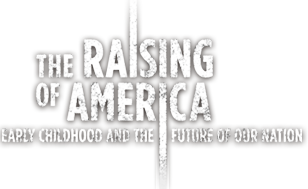Wounded Places
Confronting Childhood PTSD in America's Shell-Shocked Cities
to watch purchased videos
Caheri Gutíerrez, Antonio Carter and Javier Arango are among the remarkable young people wrestling with hyper-vigilance, sudden rages, nightmares, inability to trust and difficulty concentrating in school.
Their symptoms look a lot like Post-Traumatic Stress Disorder (PTSD). But they are not combat vets and for them there is no ‘post’.
They live in Oakland and Philadelphia, two cities whose long history of disinvestment and structural racism has ravaged entire neighborhoods and exposed children and families to multiple adversities and traumatic experiences – not just violence, but fear, poverty, domestic instability and a sense of futurelessness.
Stanford physician and researcher Victor Carrion explains, “If we are crossing the street and we see that a truck is coming at us, we can manage that situation, get scared, jump and move quickly. Unfortunately, many children in our society feel like a truck is coming at them all day long, for more days than not, and this really takes a toll.”
Many of these children are almost automatically characterized as defiant or ‘acting out.’ Teachers, police, the media, and even social workers too often peg them as bad or impaired kids, not injured kids in need of healing. Five-year-olds are suspended from school.
But in Oakland, youth leaders like Caheri and Javier are now counseling other young people how to ‘own’ their trauma. We also meet a remarkable group of peer counselors, doctors, and community organizers blazing a new model of trauma-informed care. Rather than ask, “What’s wrong with you?” they ask, “What happened to you?” and "How can we help you heal?" This simple shift can be transformative—for those suffering from trauma and toxic stress, for neighborhoods and even the providers themselves.


